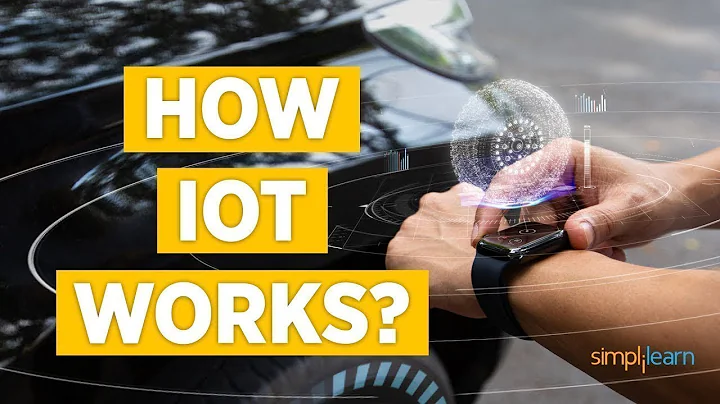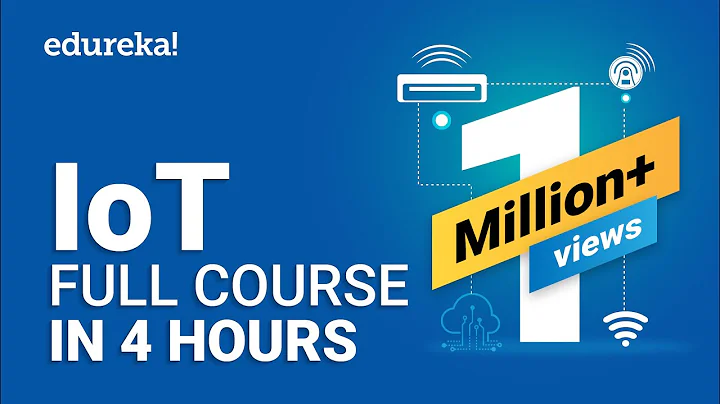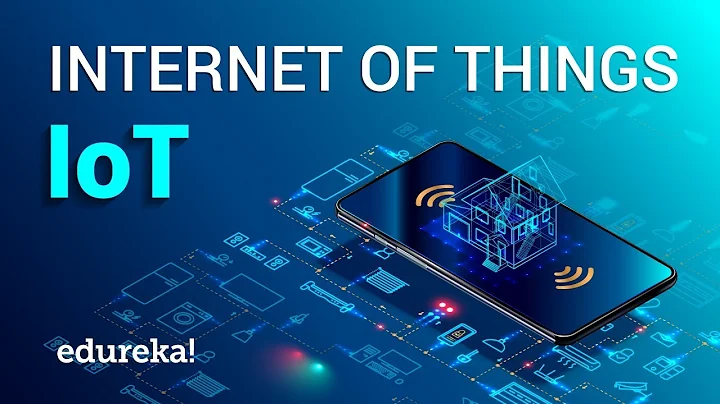With the rapid development of the information age and the promotion of all walks of life, in order to communicate information between people and things, things and things, and things and data, an information interaction network-the Internet of Things has been formed; it targets different Things scenes and use specific network connections, data processing and application scenarios for digital, automatic and intelligent processing.

According to different application scenarios, networks, and technologies, the Internet of Things can be divided into: cellular Internet of Things CIoIT, cellular network-based Internet of Things applications, and non-cellular Internet of Things technologies and applications.
Cellular Internet of Things (CIoIT): dedicated IoT technology based on cellular networks, as well as built networks, platforms and applications.

Internet of Things applications based on cellular networks:
Internet of Things applications based on the characteristics of 2G/3G/4G and other cellular networks are not dedicated technologies and networks, nor are there any requirements for network architecture and technology based on the particularity of Internet of Things applications. Do special processing.
non-cellular IoT technologies and applications:
generally refers to all IoT technologies and applications that are not based on cellular networks. According to technical characteristics, it can be divided into dedicated IoT technologies, such as LoRa protocol, SigFox, ZigBee protocol, etc. And Internet of Things applications based on public computer technology and networks, such as WiFi module protocol, Bluetooth module protocol, etc.
Cellular Internet of Things is a specially developed IoT technology standard system based on mobile communication networks. It mainly includes NB-loT technology, eMTC technology and 5G massive machine type communication (mMTC) technology. NB-loT and eMTC are designed for different application scenarios and are complementary. The main features of
non-cellular short-distance communication technology:
wireless communication distance is short, and the coverage is generally tens of meters or hundreds of meters; the transmission power of the wireless transmitter is low, generally less than 100mW; the working frequency is mostly free of charge, free of charge The applied global industrial, scientific and medical ISM frequency band. The scope of short-distance wireless communication is very wide. In a general sense, as long as the communication sender and receiver transmit information through radio waves, and the transmission distance is limited to a short range, usually within tens of meters.
With the development of electronic technology and the increase of consumer electronic products such as various portable personal communication devices and household appliances, people have a strong interest in the information interaction between various consumer electronic products and with other devices. needs. For people who use portable devices and need to engage in mobile work, they hope to provide various services to mobile business users through a small, short-distance wireless network, so that they can communicate with anyone and obtain information at any time and anywhere. Personal communications have prompted the emergence of non-cellular short-range wireless communication technologies represented by Bluetooth modules, Wi-Fi modules, ultra-wideband 2.1 non-cellular short-range communications (UWB), ZigBee modules, NFC and other technologies.











![Open yellow diamond python Chinese characters sorted by pinyin from xpinyin import Pinyinlist_word =["Samsung","Xiaomi","Apple","Huawei"]py = Pinyin()temp =[]for i in list_word: temp.append((py . - DayDayNews](https://cdn.daydaynews.cc/wp-content/themes/begin/img/loading.gif)









